John le Carré, Nazis and the moral contradictions of the cold war
Simply sign up to the Life & Arts myFT Digest -- delivered directly to your inbox.
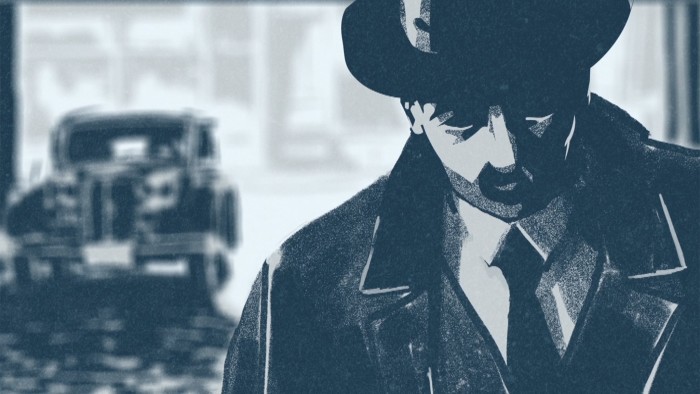
“In a sense, I was a tiny part of the world that Wächter encountered.”
The words surprise me. They are spoken by my neighbour and friend David Cornwell, who is better known as the author John le Carré. I have approached him for insights on the world of cold war espionage, which Otto Wächter, a senior Nazi, encountered in Rome in the summer of 1949.
Indicted for mass murder, pursued by the Americans, Poles and Soviets, Wächter entered my life a few years ago. I was researching my book East West Street, about my grandfather’s story and the origins of the modern international laws on genocide and crimes against humanity. Wächter, who joined the Nazi party in Vienna in 1923, was a lawyer who worked his way up the ranks. In 1941, as governor of Krakow, he signed the order to create the Krakow ghetto. In 1942 he moved as governor of Distrikt Galicia to Lemberg, now Lviv in Ukraine, where he played a significant role in the extermination of hundreds of thousands of Jews and Poles. Hunted, he disappeared on the day the war ended. He was not seen again until July 1949, when he died unexpectedly in a Vatican hospital.
What happened to Wächter in the intervening four years has long been a mystery, one that began to interest me when I was introduced to Wächter’s son Horst. I wrote a profile of him for the Financial Times, which became a BBC Storyville film, My Nazi Legacy, and the father played a minor role in East West Street, published a year later. In the course of the research, Horst sought to defend his father’s reputation as a decent man, a conclusion I found difficult to justify. Horst, open and generous, shared with me the family archive, thousands of pages of diaries, letters and photographs.
The material contained clues as to how a senior Nazi on the run might survive. It lingered on my computer until 2015, when I mentioned it to the historian Lisa Jardine, a colleague at University College London. Her interest was piqued. She wanted to know more about the Wächters, in particular the personal letters that passed between Otto and his wife Charlotte in the last months of his life.
“Why would they write to each other so often, in such detail?” she asked.
“Because they loved each other?” I suggested.
At this point Lisa was already seriously ill (she died a few months later) but her eyes were bright, incredibly alive, and she was, as always, many steps ahead of me. “No,” she said firmly. There might be more in the materials, a code perhaps, in the communications between the two. She wanted to know what Otto Wächter was planning to do, who his contacts were, why they were protecting him, what Charlotte knew. And how exactly he died.
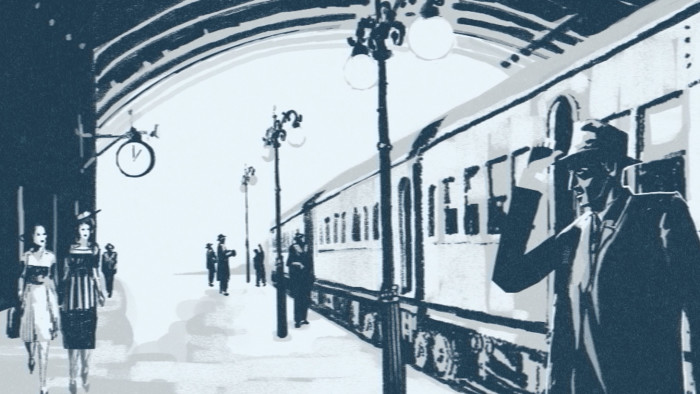
And so we were off. With the help of a quartet of young German-speaking researchers led by James Everest, we started to read, transcribe, digitise and translate the letters and diaries. Our hope was to understand what lay beneath the surface, to identify the names, places and stories that had been concealed in the face of constant surveillance. I mentioned the material to a colleague at the BBC, and the research became a podcast and radio series, The Ratline .
The material was fascinating, once we came to understand it. Gradually, we learnt how Wächter had spent the years in hiding in the mountains of Austria, the circumstances of his decision to head to Rome, and the assistance given to him by the Vatican. We stumbled on to “the Ratline”, the path that took Nazis and their collaborators — men such as Josef Mengele, Adolf Eichmann and Klaus Barbie — out of Europe and across the oceans to relative safety in South America.
I found myself dealing with a subject matter — espionage and the cold war — about which I had little knowledge and no expertise. So I did what I sometimes do when preparing a case before an international court: find someone able to offer an intelligent view on what I should be reading and who else I should be talking to. There was little doubt in my mind about whom I should approach first.
I send David a note. An assiduous researcher, he asks for background material on Otto and Charlotte Wächter. I pass on a few documents, including declassified CIA files. He invites me to tea. I arrive with six small cakes and a handful of Otto’s letters and photographs. We sit in his living room, the sun streaming in across papers carefully laid out on the sofa and a low table. David has prepared notes on little cards, ideas and reactions to the material.
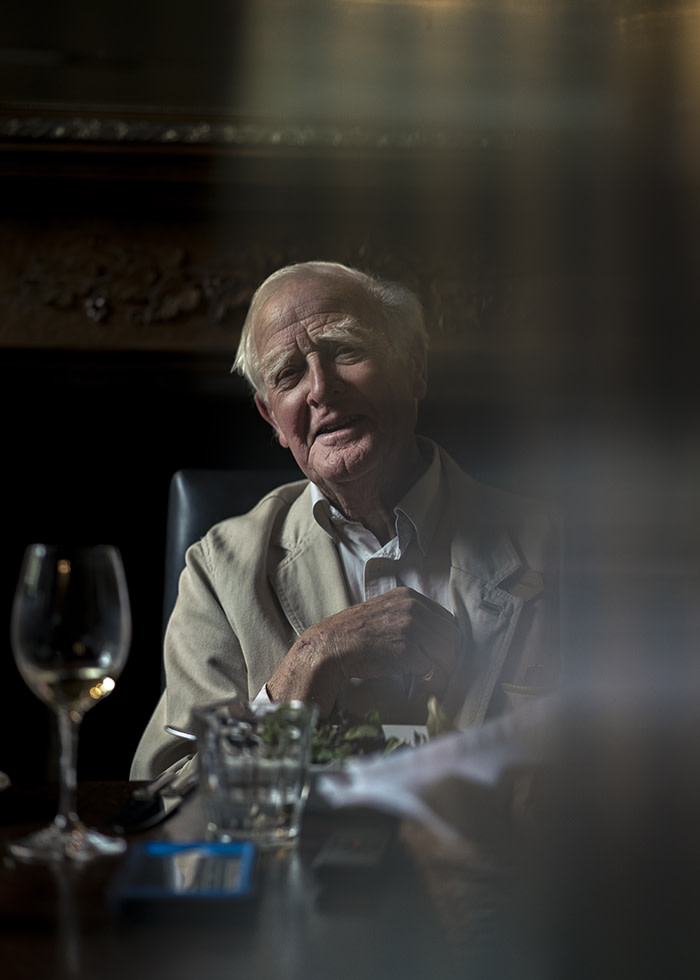
He explains that he was in Austria in 1949, stationed in Graz during his national service. As a young second lieutenant, he had been attached to field security in Austria, part of a team interested in the Russian zone.
“We ran small agents, little guys on motorbikes selling pornographic photographs to Russian sentries, that kind of thing,” he says. “We were also supposedly Nazi-hunters, trawling displaced-persons camps, debriefing refugees, wholesale. A pitiful business — I wrote about it in A Perfect Spy, which is drawn entirely from that period. Do dip into it: it was quite a funny period, too.”
Later, retrieving my well-thumbed copy, I come across the pertinent words from the protagonist of that novel, British agent Magnus Pym: “Are you a spy and if so, would you not prefer to spy for us? Or are you merely a criminal, in which case you would surely like to take up spying, rather than be tossed back across the border by the Austrian police?” It is not hard to imagine Wächter being asked such questions.
Pym’s — and David’s — experience chimes with what I have encountered following the trail of Wächter’s contacts in Rome. Many of them passed through displaced-persons camps, often with false identities. They were interrogated, escaped, caught again, escaped again. Some made their way illicitly to safety, some were recruited. The idea that David might have questioned one or more amuses us. It’s a small world.
That world had changed dramatically between the moments of Otto Wächter’s disappearance and death. A senior Nazi, hunted in 1945, became a potential ally against the Soviets in 1949. Italy and Austria were at the heart of this new struggle between east and west.
When David’s team identified a wanted person, a question would invariably be raised about how they could help in the emerging struggle against communism. “It was bewildering,” he says. “I’d been brought up to hate Nazism and that stuff, and all of a sudden, to find that we’d turned on a sixpence and the great new enemy was to be the Soviet Union, it was very perplexing.”
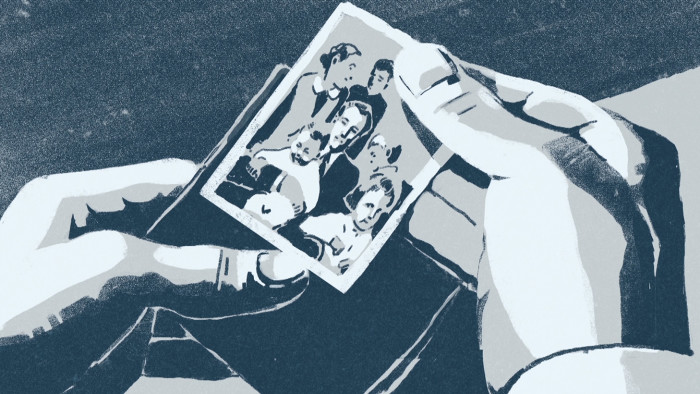
Cases were referred to his group by different organisations, as people offered information about alleged Nazis. By 1949, however, American and British interest in prosecuting Nazis was on the wane. The new objective was to use the valuable ones, getting them out of Europe into the US or, under cover, into the Soviet Union. The Americans knew about the Ratline, and may have helped create it. David, too, was aware that there was an escape route. He suggests a figure of 10,000 ex-Nazis making their way to South America, often with the help of the Vatican.
“A time of willing seller, willing buyer,” David explains. The Americans gathered German scientists and former Nazi intelligence agents, and set them to work. General Reinhard Gehlen, formerly of the Wehrmacht — “who had a disgraceful record” — was brought to Washington with his intelligence files to be interviewed and recruited by Allen Dulles, later director of the CIA. “Comically,” David points out, “most of the stuff Gehlen had was junk, fed to him by the Soviets, who were better at penetrating his organisation than he was at penetrating theirs.”
David is curious about Wächter, a man who became a senior Nazi in large part because of his anti-communism. “The case of Wächter is interesting. If I came upon him, I would first report the fact. He would be interrogated. If it was by the right people, he would be talent-spotted, identified as a convinced anti-communist. He’s a small Austrian nobleman, a Catholic, perfectly equipped to spy on the Soviets, to work for the western cause.”
He thinks Wächter would have been “naturally attractive” to the Vatican. Back in 1949, the Vatican was a useful ally, “skilful” in recruiting, turning and exporting former Nazis. “We knew, in a general way, that the Vatican had leaned in favour of fascism, that elements of the Vatican were complicit in running these exfiltration operations, these ratlines.” Other elements, of course, pulled in a different direction.
They knew too that Wächter’s past record would not be an impediment
to recruitment or escape. He would have been attractive as a “talent-spotter”, identifying former Nazis who might work for the Americans. His past political career meant he had “standing and influence among certain people”. He could deliver access, “his own Rolodex”.
“The incidental fact that he was also a monster would play no part,” David adds with a grim smile. “If they looked him over and liked the cut of his jib, I’d be surprised if they didn’t recruit him.” If they had recruited him, they would follow a well-worn path: “destroy his files, or keep them out of circulation, or put in dummy files, or have some kind of notional hearing and pass him through the system.”
The Germans had a term for it: “a Persilschein”. It’s a reference to a certain laundry detergent, one that washes whiter than white. “When you get such a certificate, you’re clear.”
David is hardly surprised when I mention that Wächter’s file in the US archives has gone missing.
Wächter faced a particular problem. “He was high-profile, had done dreadful things, and done them visibly.” That would have given pause for thought to the US Army’s Counter Intelligence Corps if it wanted to recruit him. Although the Americans “saw Nazis and rightwing people as essential new regiments of opposition against Soviet Bolshevism”, his profile and track record would undoubtedly have been a problem.
Objections could have been raised. In David’s experience they tended to go nowhere. “I was a second lieutenant in national service . . . ‘Don’t waste your f***ing time,’ I was told.”
I mention the information we have gleaned from Wächter’s personal documents, the ones left behind in the monastery where he was hidden. Many of the names on his address list are fascists, extreme nationalists or anti-communists, all keen to take up the struggle against the Soviets once again. Again, David isn’t surprised. “There were crazy remnants of the German and Austrian military community,” he says, people who “believed that they could take the war to Russia, roll on, join up with the American military, go east”.
The idea that the Americans might have been willing to use men like Otto Wächter — creator of the Krakow ghetto — to take on the Soviets seems extraordinary. “It sounds crazy,” David says, “but it was very much in the battle smoke of the time.”
And it was not the only possibility in that battle smoke. The Soviets, too, had a big interest in Wächter, with plenty of Soviet agents around Rome and a “huge sympathetic core” of local supporters. If they got him, David thinks they would have either taken him to Russia and prosecuted him publicly for what he’d done on Soviet territory, in Lviv, or “they’d turn him, then have him reappear in West or East German intelligence”.
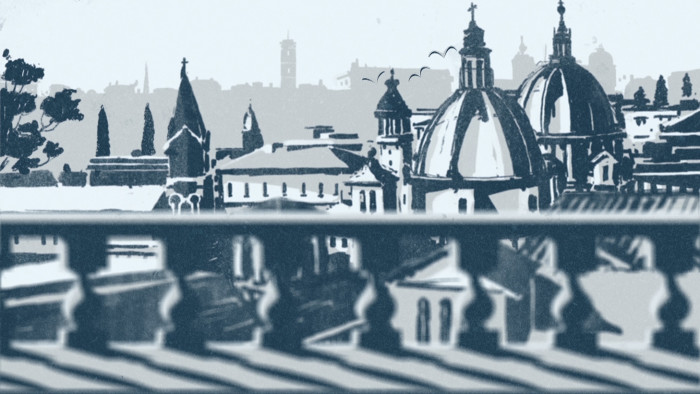
Against this background, Wächter fell ill and died. The officially suspected cause of death was leptospirosis or Weil’s disease, contracted through contact with infected rat urine, possibly while swimming in the polluted river Tiber or Lake Albano. But Horst Wächter believes his father was assassinated, and that the Soviets were responsible.
“Take your pick,” David says when asked who might have hunted or poisoned him. The Soviets, the Jews, the Poles, the Americans are all possibilities, to a greater or lesser degree. He thinks Wächter was probably killed, but is careful to add that’s “merely a hunch”, based on the material I’ve sent him and his recollection that “there was a lot of killing going on”. He wouldn’t be surprised if “it was basically a Jewish operation, however indirectly”. And if it was, “I would have to say I admired it.”
In 1949, efforts to enforce international justice for Nazi and other perpetrators were still in full flow, with criminal proceedings continuing in Nuremberg and Poland, and other former occupied countries. The emergence of the Ratline as a system to exfiltrate alleged criminals and collaborators — and the complicity in support of it from elements in the Vatican, the Americans and the British, working with former Italian fascists — undermined those efforts. The case of Wächter puts the spotlight firmly on those contradictions, on the tension between justice and impunity, between principle and realpolitik.
Some refused to give up their struggle. As our conversation comes to a close, we turn to Simon Wiesenthal, the famous Nazi-hunter. Horst is convinced that he, too, played some sort of role in the premature death of his father. Wiesenthal, after all, had a motive, as he held Wächter personally responsible for the deportation of his mother, in August 1942, from the Lemberg ghetto to the Belzec extermination camp. I have not, however, come across anything that might support the suggestion that Wiesenthal was ever involved in the postwar killing of any Nazis.
The mention of Wiesenthal prompts various reflections on supposed Jewish vengeance teams who operated after the war. “A delicate area,” David says, “one that needs speaking to at some point.” He once met the Nazi-hunter, in Vienna in 1962. Wiesenthal was generally “statesmanlike”, behind a big desk, but he also left prominent files lying around, not like a typical spook, who would insist on a bare desk.
“The first question I asked him was, ‘Shimon, tell me, why do you live in Vienna, the heartland of anti-Semitism?’ ” David, who is a fine mimic, adopts his best Mitteleuropean accent, one that reminds me of my grandfather, on whose family Wächter heaped so much misery. He recalls Wiesenthal’s response.
“‘If you are studying the disease, you’ve got to live in the swamp.’ ”
Philippe Sands is a barrister at Matrix Chambers and professor of law at University College London. He presents ‘The Ratline’, a new BBC podcast and Radio 4 series, and is the author of ‘East West Street’ (W&N/Vintage)
Follow @FTLifeArts on Twitter to find out about our latest stories first. Subscribe to FT Life on YouTube for the latest FT Weekend videos
Comments